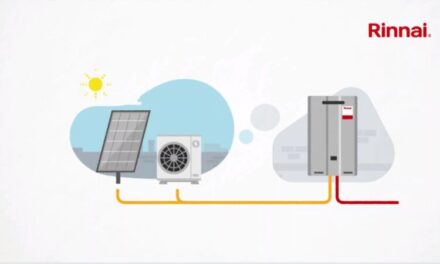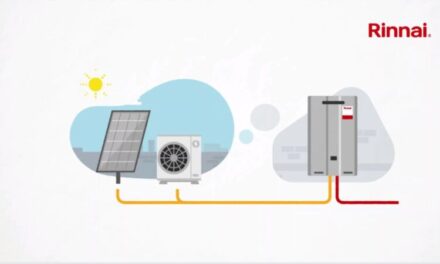PoE transmits power and data over a single cable, saving the cost of purchase and operation of additional cabling. PoE injectors or switches/hubs serve as the power source.
Originally developed to power classic telephones, PoE is ideal for remote devices such as webcams, surveillance cameras or WLAN access points installed in inaccessible places. It is also becoming increasingly important in other areas as well: Internet of Things (IoT), smart office and residential cabling and many network-compatible devices in offices and industry.
The number of PoE-capable ports has tripled in the past five years. Network cables that can transmit more and more power are driving the trend.
PoE Standards
All cable categories from Cat.5e to Cat 8.2 support the PoE standard 802.3af, at and bt.
Two variants are available for the transmission of energy between the energy supply (Power Supply Equipment, PSE) and the energy consumer (Powered Device, PD). The spare pair procedure uses only the free wire pairs 4/5 and 7/8 for the power supply between PSE and PD. With phantom power, the voltage is supplied via all wire pairs, which are also used for data transmission. This means that the current flow is over the data line.
The latest standard, IEEE 802.3bt, specifies the maximum achievable power over four-pair PoE, at between 72 and 90 watts. Thanks to this higher performance, even larger end devices, for example IP TV devices in Full HD, can now be supplied with energy via a data cable. Cable manufacturers are continuously working to further develop the PoE performance of network data cables, recognising the limited power output that the PoE process entails is still the biggest shortcoming to the wider adoption of the technology. 

However, it’s not the only challenge. One key area that needs careful attention when it comes to PoE cable networks is heat management.
Rising Temperatures
The maximum operating ambient temperatures of PoE cables is 60°C and the components 50°C.
The addition of electricity means an increased load for the cable/link/channel, which usually results in increasing cable bundle temperature. The greater power a data cable delivers, the more heat is generated in the cable. It is a cable’s ohmic resistance that generates heat, 25O/100m being the maximum channel. In addition, the bundle size and installation environment directly influence the cable’s heat dissipation leading to significant temperature increase.
Furthermore, a channel which includes two/three patch cords with smaller conductors (higher resistance) than the cable could lead to the possibility of even higher temperatures being generated.
The type of cable pathways used is a decisive consideration here: grid cable pathway, perforated cable system or completely closed duct pathway made of plastic will have significantly different effects on temperature.
The Effects of Changing Temperatures
Continual heating and cooling over time will change the cable’s performance, frequently decreasing transmission properties and softening the insulation material leading to loss of associated permanent structural symmetry.
Replacing a patch cord with a product that is smaller in copper size and/or increased in length could change the stability of the bundle/installation, or even the whole system.
Heat build-up over a PoE channel can also negatively impact the connectivity components. There is a real risk that if disconnected under load a spark can be generated which could destroy contacts.
Heat Management
When planning for PoE applications, heat management of the cable channel must therefore be a top consideration.
To achieve optimum performance the total heating effect from power loss versus heat dissipation must not combined exceed 10°C. To maintain this operating limit, the power loss must be reduced, or the heat dissipation increased. Clearly power loss is undesirable (this can be addressed by using a cable with a larger conductor diameter, which improves the PoE range twofold), so heat dissipation should be a major focus when designing and installing cabling systems.
Key factors which influence the heat dissipation include bundle size, shielding, patch-cords and air flow. Smaller bundles are ideal, as are shielded cables as the metal of the shield helps to dissipate the heat generated inside (plus they allow greater flexibility in heat management at the design stage). Patch cords with a conductor of less than 26 AWG should always be avoided. Obviously greater flowing air currents help keep temperatures down so cable laid on open grille are preferential to closed duct.
Conclusion
The popularity of PoE is set to continue, with great strides being made in power output. However, it is essential to understand the critical impact of heat generation and consequently the need for heat management when designing and installing PoE cable networks if you are to achieve maximum drive distances whilst maintaining network stability and longevity.
Draka is a brand of the Prysmian Group, the world market leader in power and telecommunications cables and systems.
Author: Zoran Borcic, Draka Global Product Manager Datacom






